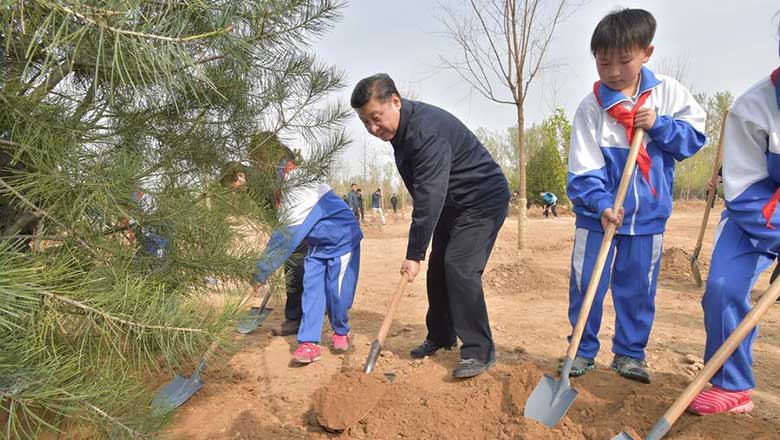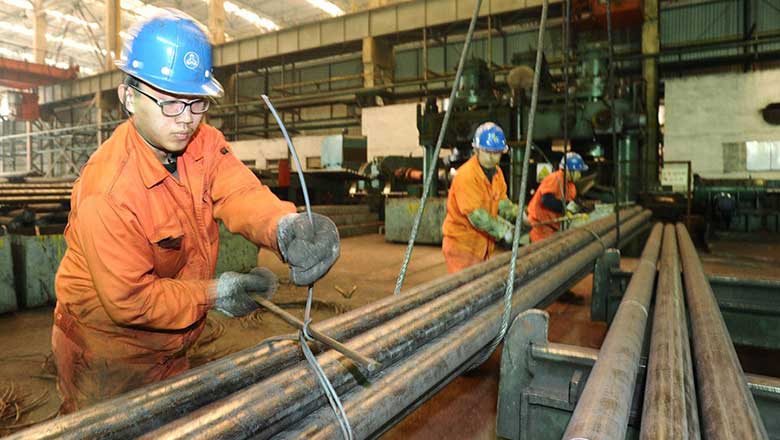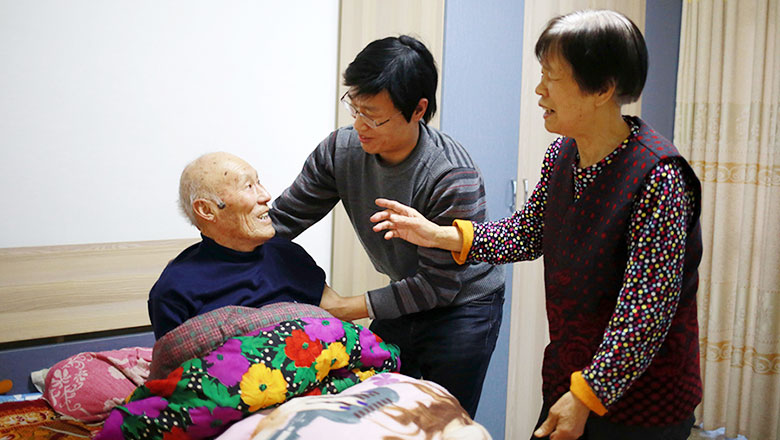Riding high on China's 'bullet trains'
Updated: 2016-04-07 08:11
By Raymond Zhou(China Daily)
|
||||||||
I'm a rabid fan of China's "bullet trains". Sure, it's a vague and unofficial term. I had to dig deep to decipher the technical differences: China High-Speed Railway, or CHSR for short, runs faster than 250 km/h and serves passengers exclusively. By the end of 2015, China had 19,000 km of such lines - and they are expanding fast.
Lines that go at between 160 and 250 km/h are called Fast Railway, which stretches 40,000 km and serves both passengers and cargo. People often lump them together under the banner gao tie (high-speed railway), even though the English letter that denotes each train clearly tells them apart - G (gao tie) for CHSR and D (dong che) for the slightly slower one.
Now that I've got the technicalities out of the way, I'll share my fuzzy and unscientific passion for this mode of travel, for which I call bullet train for the sake of convenience.
First and foremost is comfort. The ample space even for a second-class seat gives you room to elbow around. It's easier to doze off or get some serious work done (the power plug really helps) on a five-hour ride. A two-hour flight would be much more exhausting. The shorter flight time would entail constant moving and breaking up a big chunk of time into smaller, less useful, ones.

I'm able to go right into work after a bullet train ride, but would need some time to adjust after I land. It took me a while to figure out why, and now I attribute it to the extra space on the train.
Second on my list is certainty. Flying from Beijing to Shanghai is faster, but only for the airborne portion. You can't really control how long you'll wait in the lounge or even on the plane. And in summer, delays and cancellations are so common that an airport electronic board would give you despair.
Bullet trains may suffer the same fate, but only on the rare days of snowstorms or other extreme weather conditions. Normally they run like a Swiss watch so you can schedule your departure and arrival time to the minute. Planes have times for takeoff as well, but that's like the suggested retail price, which could vary drastically and without prior notice.
Surprisingly, pricing is not on my list. Discount tickets for air travel often go lower than the comparable train ticket, but you'd have to be flexible with your schedule. Honestly, I feel the pricing for China's bullet trains is reasonable. It's not cheap, yet affordable to most. The infrastructure is expensive to build and needs to recoup at least some of the investment.
What I love most is the dignity of travel, which did not exist with the earlier trains. Now you don't need to climb into a window and land in a jam with 300 other passengers, some squeezed into the toilet, on the luggage rack or under the seats. You can relax on the train and feel refreshed getting off it.
Contact the writer at raymondzhou@chinadaily.com.cn
(China Daily 04/07/2016 page2)
- More cities take bonus and penalty in air pollution
- Shanghai police release list of 36 drivers banned for Life
- Police relax rules impeding delivery drivers
- Official's photos an unusual attraction in Chinese village
- 438 Chinese police officers die on duty in 2015
- Chinese 'parachute kids' flock to US schools
- Xi: Talks 'only correct way' for China, ROK
- Xi to Obama: Disputes should be managed
- Cypriot court remands in custody man suspected of hijacking EgyptAir flight
- Govt eyes luxury tourists amid concerns over safety
- Sleep tight and don't let sharks bite at Paris aquarium
- Aung San Suu Kyi appointed as Myanmar's new foreign minister

 Top Chinese leaders attend voluntary tree-planting in Beijing
Top Chinese leaders attend voluntary tree-planting in Beijing
 Zhouzhuang water town viewed through artistic eyes
Zhouzhuang water town viewed through artistic eyes
 8 trends of major price movements gauging China's economy
8 trends of major price movements gauging China's economy
 Migrant workers back home with their family
Migrant workers back home with their family
 Microsoft embraces artificial intelligence
Microsoft embraces artificial intelligence
 Yao Ming introduced to Hall of Fame
Yao Ming introduced to Hall of Fame
 The world in photos: March 28 - April 3
The world in photos: March 28 - April 3
 Discover beautiful China in spring blossom (V)
Discover beautiful China in spring blossom (V)
Most Viewed
Editor's Picks

|

|

|

|

|

|
Today's Top News
Marriott unlikely to top Anbang offer for Starwood: Observers
Chinese biopharma debuts on Nasdaq
What ends Jeb Bush's White House hopes
Investigation for Nicolas's campaign
Will US-ASEAN meeting be good for region?
Accentuate the positive in Sino-US relations
Dangerous games on peninsula will have no winner
National Art Museum showing 400 puppets in new exhibition
US Weekly

|

|







